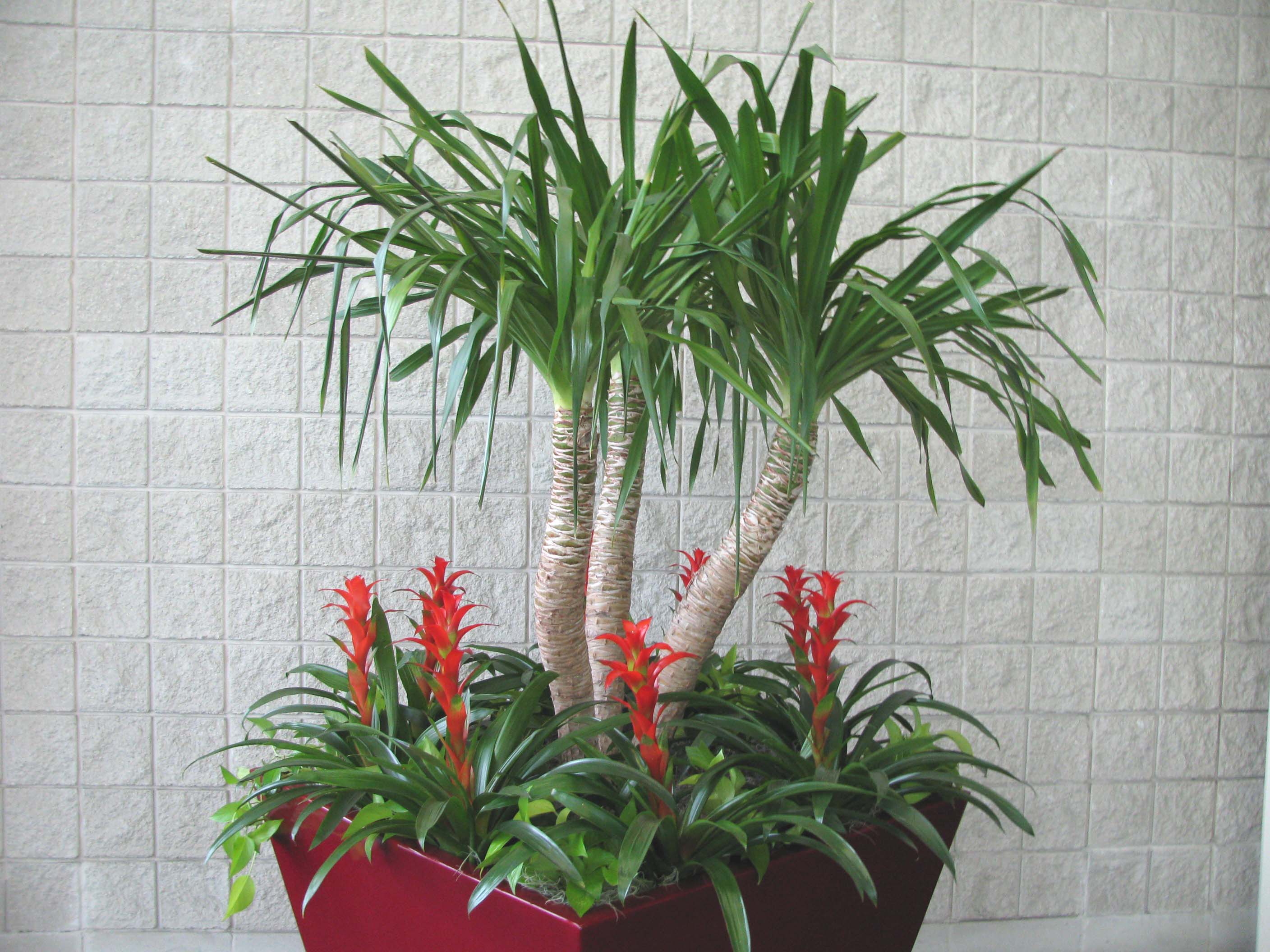Formal garden designs are characterized by geometric shapes, symmetry, and structured plantings, while informal designs are more relaxed and natural, with curving pathways and mixed plantings. Contemporary garden designs often feature clean lines, minimalistic plantings, and modern materials, while traditional designs are inspired by historical gardens and feature classic elements such as topiaries, formal hedges, and statuary.
Additionally, 3D garden design software offers a wide range of plant and material options, allowing designers and homeowners to experiment with different combinations and styles. This flexibility enables them to create unique and personalized outdoor spaces that reflect their tastes and preferences.
One of the key benefits of tropical houseplants is their ability to purify the air. Many tropical plants, such as the Boston fern and the Spider plant, are particularly good at filtering out harmful toxins from the air, such as formaldehyde and benzene. This can help to improve indoor air quality and create a healthier living environment for you and your family.
Furthermore, the presence of houseplants has been linked to a range of mental health benefits, including reduced stress, improved mood, and increased productivity. The act of caring for plants can be meditative and therapeutic, providing a sense of purpose and connection to nature. In a world increasingly dominated by screens and technology, tropical houseplants offer a welcome respite and a chance to reconnect with the natural world.
In addition to their air purifying abilities, tropical houseplants can also help to increase humidity levels in your home. Many tropical plants are native to humid environments and require high levels of moisture to thrive. By misting your plants regularly or placing them near a humidifier, you can create a more comfortable and healthy indoor environment, especially during the dry winter months.
In addition to light, tropical houseplants require regular watering and humidity to thrive. Most tropical plants prefer to be kept consistently moist, but not waterlogged, so be sure to water them when the top inch of soil feels dry to the touch. To increase humidity levels, particularly in drier climates, consider misting your plants regularly or placing them on a tray of pebbles filled with water.
Tools and Software for 3D Garden Design:
There are numerous tools and software programs available for 3D garden design, each offering different features and capabilities. Some popular options include SketchUp, AutoCAD, and Vectorworks, all of which are widely used by professionals in the field.
No matter what style of garden design you choose, the key is to create a space that is both functional and beautiful. By carefully planning and selecting the right plants, hardscaping features, and overall style, you can create a garden that enhances your home and provides a peaceful retreat for you and your family.
Regardless of the specific software chosen, the key to successful
3D garden design is understanding how to use the tools effectively and creatively. Practice and experimentation are essential, as is staying up to date with the latest trends and developments in the field.
Tropical houseplants are also known for their stress-relieving properties. Studies have shown that the presence of plants in indoor spaces can help to reduce stress, anxiety, and depression. The act of caring for plants can be therapeutic and grounding, allowing you to connect with nature and take a break from the demands of everyday life. The lush and vibrant foliage of tropical houseplants can also have a calming and uplifting effect, creating a peaceful and serene atmosphere in your home.
The Benefits of 3D Garden Design:
One of the key advantages of 3D garden design is the ability to visualize and plan a garden space before any physical work begins. This allows designers and homeowners to experiment with different layouts, plantings, and features to create the perfect outdoor oasis. With 3D technology, it is possible to view the garden from multiple angles, including aerial views, which provides a more comprehensive understanding of how the space will look and function once completed.
3D garden design has revolutionised the way we approach landscaping projects, allowing homeowners to visualise and plan their outdoor spaces with unprecedented realism and detail. By leveraging the benefits of this technology, individuals can collaborate with designers, experiment with different materials and features, and create a garden that meets their unique preferences and requirements. Whether you are looking to transform your backyard into a peaceful retreat or revamp your front yard for curb appeal, 3D garden design can help you achieve your vision with confidence and precision.

Layout is the foundation of any garden design. Before starting any planting or hardscaping work, it is important to consider how you will use the space and how different areas of the garden will flow together. This can be achieved by creating a garden plan, which outlines the location of plants, pathways, seating areas, and other key features.
